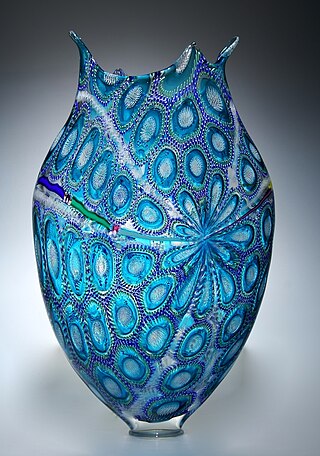
Studio glass is the modern use of glass as an artistic medium to produce sculptures or three-dimensional artworks in the fine arts. The glass objects created are intended to make a sculptural or decorative statement, and typically serve no useful function. Though usage varies, the term is properly restricted to glass made as art in small workshops, typically with the personal involvement of the artist who designed the piece. This is in contrast to art glass, made by craftsmen in factories, and glass art, covering the whole range of glass with artistic interest made throughout history. Both art glass and studio glass originate in the 19th century, and the terms compare with studio pottery and art pottery, but in glass the term "studio glass" is mostly used for work made in the period beginning in the 1960s with a major revival in interest in artistic glassmaking.
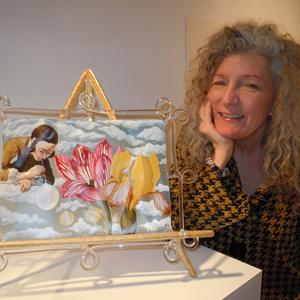
Ginny Ruffner is a pioneering American glass artist based in Seattle, Washington. She is known for her use of the lampworking technique and for her use of borosilicate glass in her painted glass sculptures.
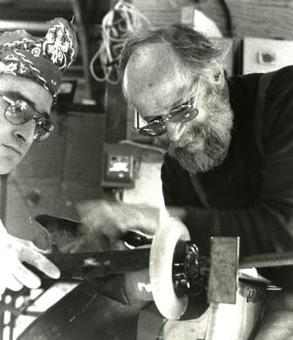
Harvey Littleton was an American glass artist and educator, one of the founders of the studio glass movement; he is often referred to as the "Father of the Studio Glass Movement". Born in Corning, New York, he grew up in the shadow of Corning Glass Works, where his father headed Research and Development during the 1930s. Expected by his father to enter the field of physics, Littleton instead chose a career in art, gaining recognition first as a ceramist and later as a glassblower and sculptor in glass. In the latter capacity he was very influential, organizing the first glassblowing seminar aimed at the studio artist in 1962, on the grounds of the Toledo Museum of Art. Imbued with the prevailing view at the time that glassblowing could only be done on the factory floor, separated from the designer at his desk, Littleton aimed to put it within the reach of the individual studio artist.

The Corning Museum of Glass is a museum in Corning, New York in the United States, dedicated to the art, history, and science of glass. It was founded in 1951 by Corning Glass Works and currently has a collection of more than 50,000 glass objects, some over 3,500 years old.
Larry Bell is an American contemporary artist and sculptor. He is best known for his glass boxes and large-scaled illusionistic sculptures. He is a grant recipient from, among others, the National Endowment for the Arts and the Guggenheim Foundation, and his artworks are found in the collections of many major cultural institutions. He lives and works in Taos, New Mexico, and maintains a studio in Venice, California.
Judith Schaechter is a Philadelphia-based artist known for her work in the medium of stained glass. Her pieces often use symbolism from stained glass and Gothic traditions, but the distorted faces and figures in her work recall a 20th century German Expressionist painting style and her subject matter is secular. Shaechter's work often involves images that might be considered disturbing such as death, disease, or violence. Early Schaechter pieces, for example, such as King of Maggots and Vide Futentes make use of memento mori, symbols of death found in church architecture during medieval times.

Albert Paley is an American modernist metal sculptor. Initially starting out as a jeweler, Paley has become one of the most distinguished and influential metalsmiths in the world. Within each of his works, three foundational elements stay true: the natural environment, the built environment, and the human presence. Paley is the first metal sculptor to have received the Lifetime Achievement Award from the American Institute of Architects. He lives and works in Rochester, New York with his wife, Frances.

Michael M. Glancy was an American glass and sculpture artist and arts educator.
Linda MacNeil is an American abstract artist, sculptor, and jeweler. She works with glass and metal specializing in contemporary jewelry that combines metalwork with glass to create wearable sculpture. Her focus since 1975 has been sculptural objets d’art and jewelry, and she works in series. MacNeil’s jewelry is considered wearable sculpture and has been her main focus since 1996.

Karen LaMonte is an American artist known for her life-size sculptures in ceramic, bronze, marble, and cast glass.
Katherine Gray is a Canadian glass artist and professor of art at California State University, San Bernardino. Her work includes vases, candelabras, and goblets, and some of her pieces are designed to fit inside each other.

Joyce J. Scott is an African-American artist, sculptor, quilter, performance artist, installation artist, print-maker, lecturer and educator. Named a MacArthur Fellow in 2016, and a Smithsonian Visionary Artist in 2019, Scott is best known for her figurative sculptures and jewelry using free form, off-loom beadweaving techniques, similar to a peyote stitch. Each piece is often constructed using thousands of glass seed beads or pony beads, and sometimes other found objects or materials such as glass, quilting and leather. In 2018, she was hailed for working in new medium — a mixture of soil, clay, straw, and cement — for a sculpture meant to disintegrate and return to the earth. Scott is influenced by a variety of diverse cultures, including Native American and African traditions, Mexican, Czech, and Russian beadwork, illustration and comic books, and pop culture.
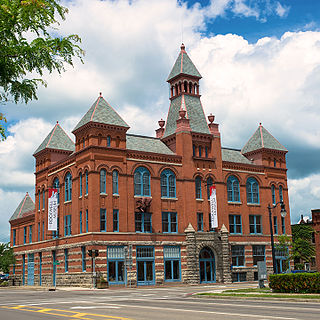
The Rockwell Museum is a Smithsonian Affiliate museum of American art located in the Southern Tier region of New York in downtown Corning, New York. Frommer's describes it as "one of the best-designed small museums in the Northeast." In 2015, The Rockwell Museum was named a Smithsonian Affiliate, the first in New York State outside of New York City.
Ann Gardner is an American glass artist known for her large-scale sculptural and architectural installations.
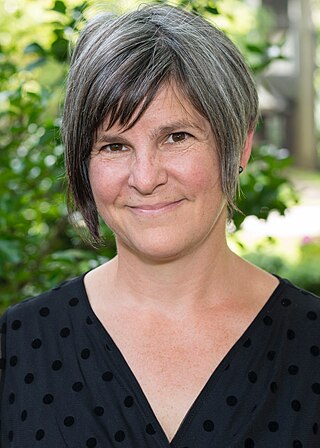
Beth Lipman is a contemporary artist working in glass. She is best known for her glass still-life compositions which reference the work of 16th- and 17th-century European painters.

Mel Douglas is an Australian glass artist living and working in her studio located in the Australian capital of Canberra.
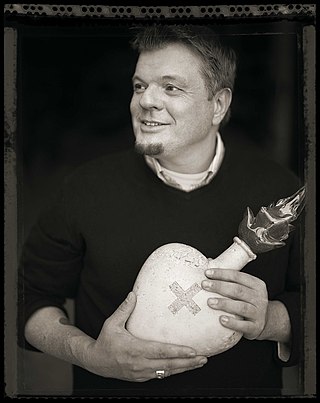
Tim Tate is an American artist and the co-founder of the Washington Glass School in the Greater Washington, DC capital area. The school was founded in 2001 and is now the second largest warm glass school in the United States. Tate was diagnosed as HIV positive in 1989 and was told that he had a year left to live. As a result, Tate decided to begin working with glass in order to leave a legacy behind. Over a decade ago, Tate began incorporating video and embedded electronics into his glass sculptures, thus becoming one of the first artists to migrate and integrate the relatively new form of video art into sculptural works. In 2019 he was selected to represent the United States at the sixth edition of the GLASSTRESS exhibition at the Venice Biennale.
Christina Bothwell is an American contemporary fine arts glass maker. She is known for glass, ceramic, and mixed media sculptures that portray the processes of birth, death, and renewal. Many of her pieces involve human-animal hybrids. Reviewing her 1997 solo exhibition Living with Ghosts at the Radix Gallery, New York, critic Mark Zimmerman said of her "Bothwell’s work turns symbols into spirits of creation."
Thaddeus Wolfe is an American designer and artist, known for his glass vessels, light fixtures, and wall-bound pieces made through a "unique molding process that combines one-of-a-kind plaster casts and expert glassblowing". His glasswork is multi-layered and highly textured, often incorporating brass and bronze. In 2016, Wolfe was awarded the Rakow Commission given every year by the Corning Museum of Glass. Wolfe lives and works in Brooklyn, New York.

Anna Mlasowsky is a German artist. She is known for her experimental and boundary pushing work in glass and is recognized as one of the leading female artist working in glass today.













